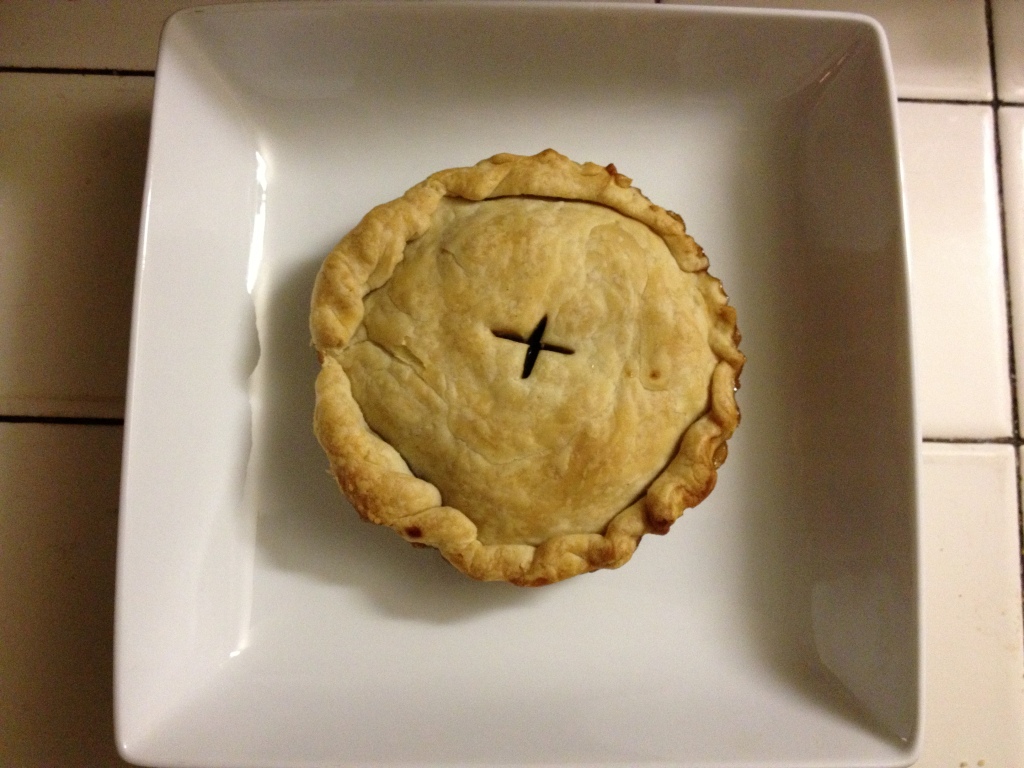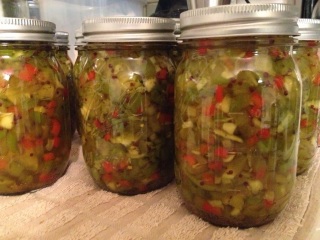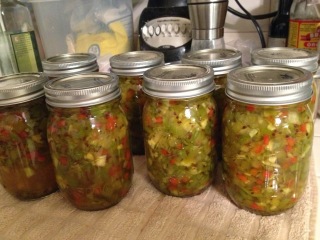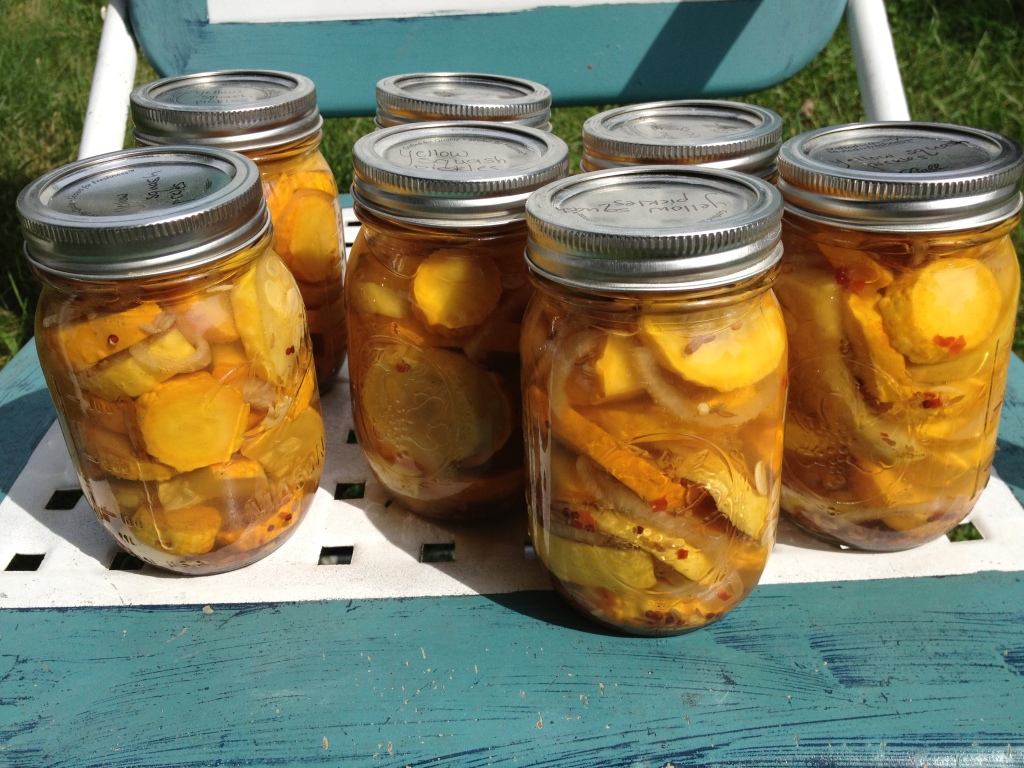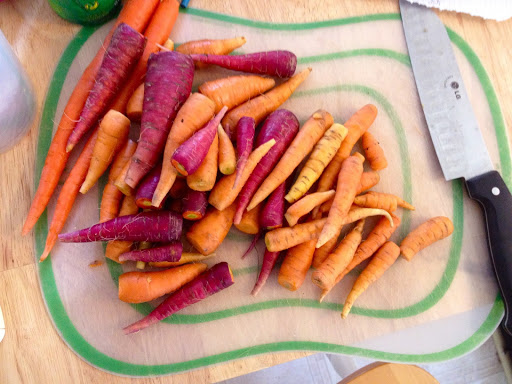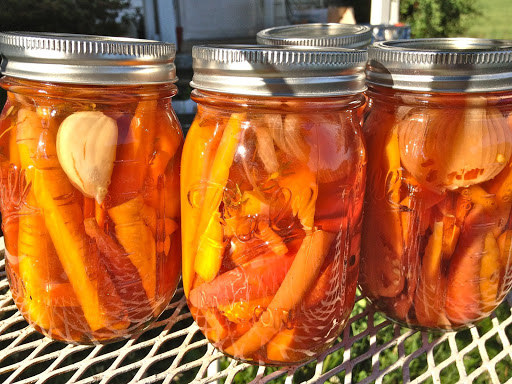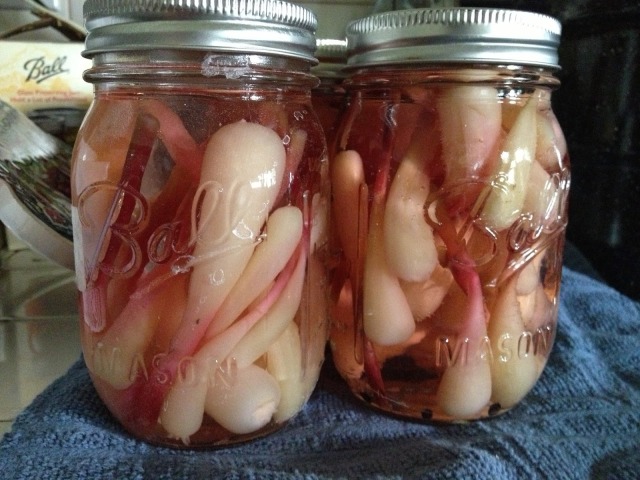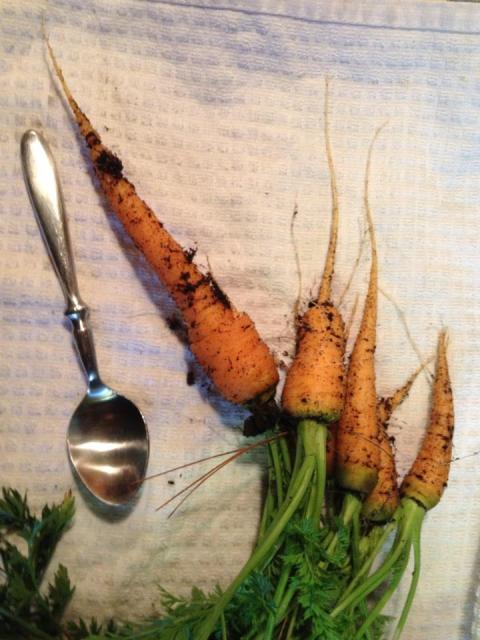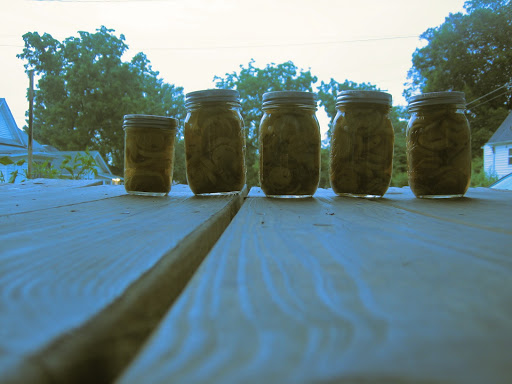Okay, so we ended up planting black kale, collards, Swiss chard, radishes, carrots, beets, arugula, and lettuce in containers (washtub, planters, Home Depot buckets…) about the third week of August.
We were in the middle of moving, so this allowed me to take my vegetable garden with me without too many losses and transplant kale and collards into raised beds. The seed was purchased from the good people at
Sow True Seed in Asheville, and we got to stop in at
5th Season Gardening nearby to check them out (and buy organic fertilizer, winemaking tools, and other great impulse purchases).
The beets were a bit of a disappointment. I’m pretty sure they didn’t get enough water because they were fibrous at the core. They grew great greens, so we just left them in the ground and cut from them when we collected chard. The rest of the greens and lettuces turned out great. Of course, between container planting and my overeagerness to grow, they were a little overcrowded, but we have been able to cut from them continuously – in fact, I had some with dinner tonight. I’m very impressed with how well the arugula, kale, and collards withstood the intense winter rain, ice, and snow we’ve had so far.
My favorite thing about the fall planting was harvesting carrots. This is the first time I’ve ever grown them myself. It seems like I watched them constantly waiting for one to be ready, and like any metaphorical boiling pot, it wasn’t until I gave up and ignored them that anything happened. Obviously if I’d paid attention to the seed packet and recorded projected harvests, this wouldn’t happen, but I’m learning. Slowly.
Anyway I went out in the snow Christmas Day to take the compost out and came back with these. Pulling that extra-long carrot out of the dirt was such a hold-it-up-and-yell triumphant sensation. It’s the little things, you know.


 The first batch of cucumber pickles I ever made were water bath canned dill pickles. They lacked any crispness whatsoever when I opened them, and I couldn’t bring myself to eat them. I don’t know about you, but I just can’t eat a cucumber pickle like that.
The first batch of cucumber pickles I ever made were water bath canned dill pickles. They lacked any crispness whatsoever when I opened them, and I couldn’t bring myself to eat them. I don’t know about you, but I just can’t eat a cucumber pickle like that.